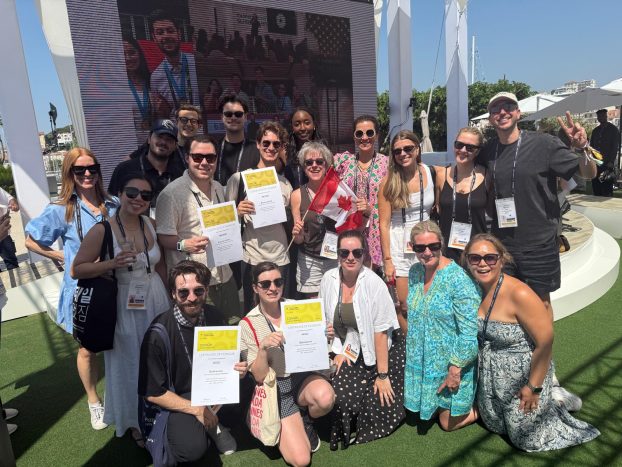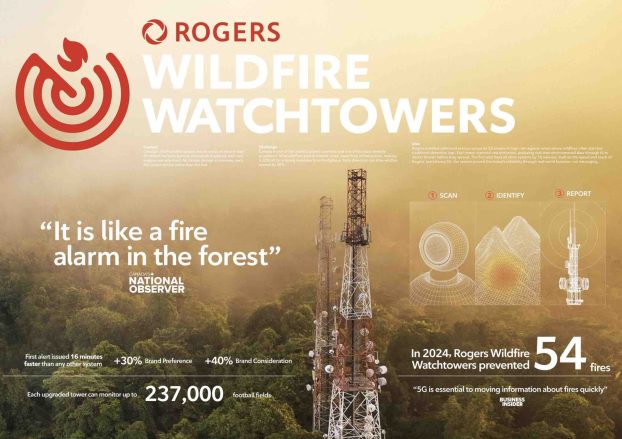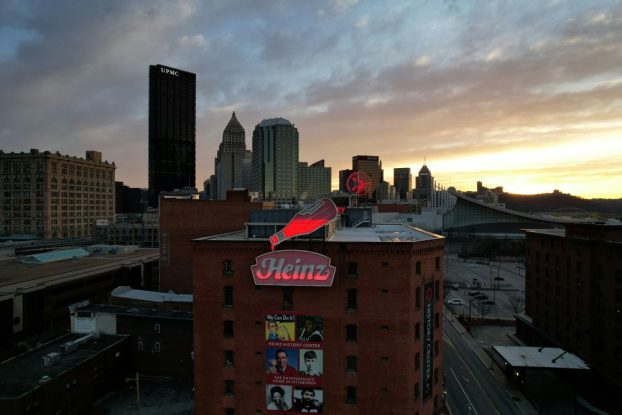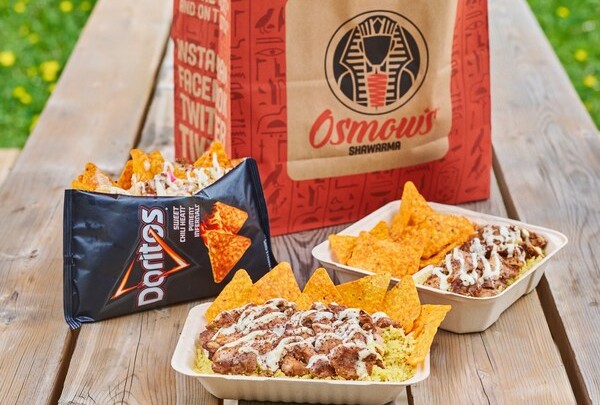Dave & Buster’s, a Dallas, Tex.-based chain of massive restaurant and entertainment complexes, will open its flagship Canadian facility in May, thanks to a Canadian licensee.
The 65,000-square-foot complex in a busy suburban area just north of Toronto will follow a model that has proven successful throughout most of the company’s 18-year history. It features a full-service restaurant, a 40-foot bar and an entertainment ‘midway’ that mixes video and virtual reality games with simulators, billiards and carnival games in an environment that its owners say resembles a Las Vegas-style casino. Many of the games will reward players with tickets that can be redeemed for prizes ranging from Frisbees to TVs and VCRs.
Dave & Buster’s aims for an older, more prosperous clientele than, say Playdium, which tends to target teens and young adults.
Fixtures in Dave & Buster’s private billiards rooms, for example, are made of rosewood, mahogany and brass, and the menu includes chichi dishes such as grilled mahi mahi.
It’s a concept that Michael Mandel is sure will go over well in Canada. The first time he visited a Dave & Buster’s location in Florida four years ago, he was sold on the idea. His company, Toronto-based Funtime Hospitality Corp., which had its roots in building and developing casinos in Ontario, immediately began negotiations to buy the licensing rights for the chain in Canada.
The agreement guarantees that at least five full-sized facilities will be opened in Canada over the next four years, which Mandel says will max out their potential. But Funtime also has plans to open four smaller-scale, 37,000-square-foot locations in markets with a surrounding population of at least 500,000, such as Ottawa, Calgary, Edmonton, Winnipeg and Hamilton/ Burlington, Ont.
An aggressive ad campaign will launch in April, using direct mail, billboards, radio and television. The campaign, being developed by Toronto’s NextMedia, will target 21- to 49-year-olds and will commence with teasers to pique curiosity. That will be followed closely by giveaways and other promotions to get people through the doors.
‘Once we get them in the door, with our service, with our quality, product and ambience and atmosphere, I don’t have to worry about people coming back,’ Mandel says. ‘Nobody leaves without a smile on their face.’
If all goes well, the company expects to draw between 750,000 and one million people through the doors of its flagship location every year. According to Mandel, Dave & Buster’s revenues are typically split 50/50 between the restaurant and the midway.
A separate direct mail campaign will focus on corporate clients, which Mandel expects will comprise about 15% of his business. The facility can accommodate groups of up to 2,400 and has full-service meeting rooms wired for sound, with video projection, screens and stages.
Apart from the midway, one feature that sets it aside from a hotel conference facility is the three-person event planning staff who tailor team-building ‘challenges’ to suit corporate goals, and keep its facilities full during slower mid-week periods.
In the U.S., Dave & Buster’s counts 21 facilities in its chain, which has been profitable since its 1982 inception, and has grown rapidly over the last five years. Revenue rose to US$152 million in 1998, up from US$53 million in 1995. But poor performance at a couple of new facilities in California took a chunk last year from the bottom line.
Mandel concedes the U.S.-based company stretched its managerial resources too thin and expanded too quickly after going public in 1995. He says that the conservative growth plans for Canada will prevent the same mistake from being made here.
Ailene MacDougall, vice-president with the foodservice information group at Toronto-based research and consulting firm NPD, says that while she thinks Dave & Buster’s could do well in Canada because there’s nothing like it targeted at adults, it’s unlikely the restaurant will be the primary draw.
‘Unless they advertise and promote each separately, it will initially be viewed as the midway only.
‘My concern would be the average cost of the whole evening. You’d really have to market it as an event…kind of like dinner theatre, maybe.’
For his part, Mandel says Dave & Buster’s tried-and-true strategy of situating its facilities in high-traffic suburban locales allows it to pick up local, repeat business. ‘I’m not going to be bringing people from downtown,’ he says. ‘It’s not a tourist-type environment.’




























